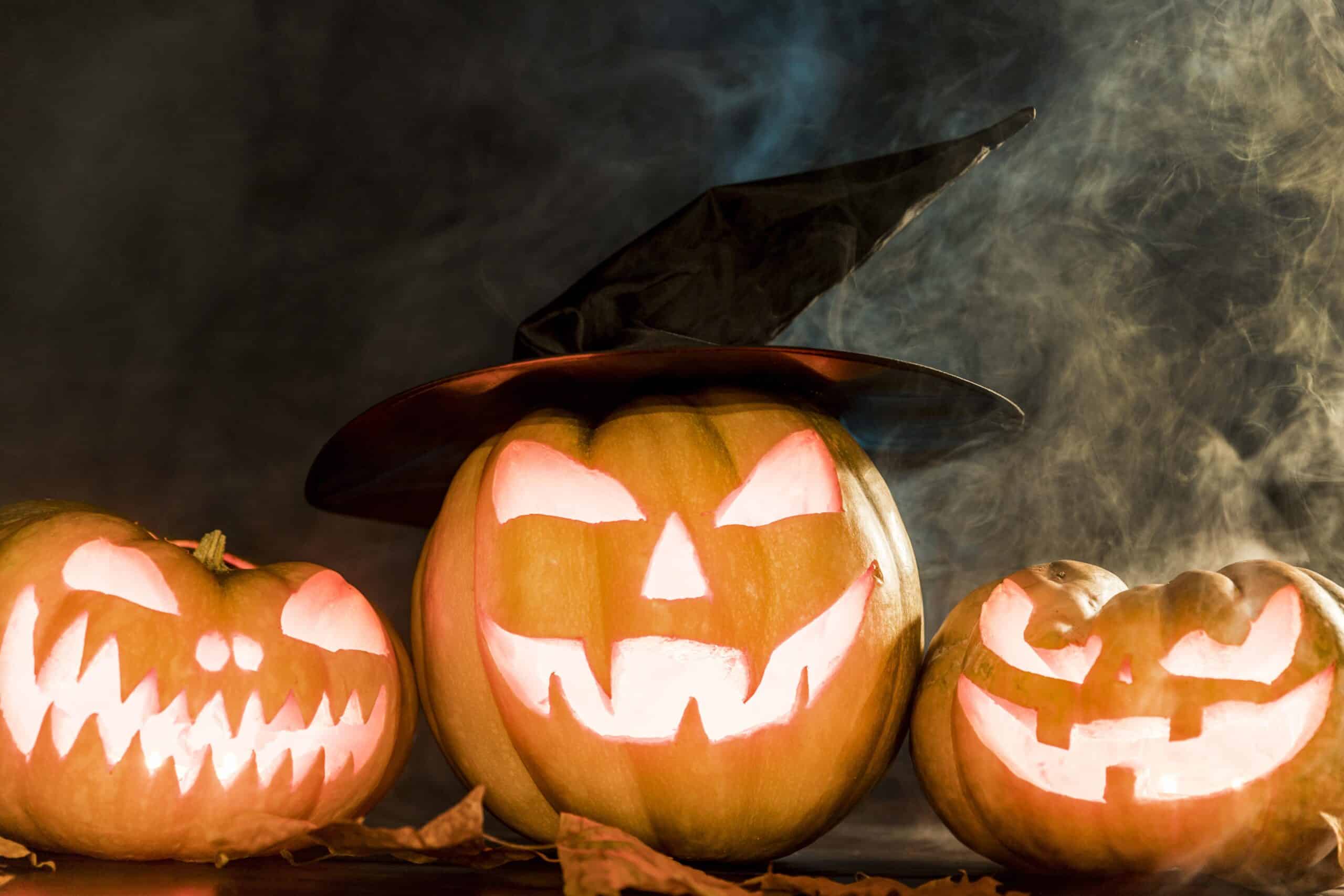We are sure you have heard “trick or treat” in movies.
But do you know how to say it in Spanish? Children say «¿dulce o truco?».
Since we are approaching October, we were curious to know about the origins of this festivity.
Pumpkins, vampires, witches, skeletons... Halloween celebration is increasingly rooted in all corners of the world (partly thanks to the North American mass entertainment industry). The word Halloween comes from the expression “All Hallows Eve”. Its origin is closely related to this Christian tradition. But also to Celtic and Roman pagan beliefs that celebrated the end of the harvest and the memory of the deceased relatives.
The symbol of Halloween
The actual symbol of Halloween is the pumpkin and represents the illuminated face of Jack O'Lantern, an Irish farmer. He is the protagonist of a popular legend whose story tells of the devil's subjugation of man. According to this legend, the devil went in search of Jack, a lying farmer, who managed, twice, to trick the devil until he never came back for his soul. After years Jack died and as he was rejected in heaven he had to go to hell. There the devil, in revenge, condemned him to wander through purgatory. He was to carry an ember which would never stop burning. Which Jack put in a lantern to light his way eternally.
The autumnal equinox has marked a decisive change in the northern hemisphere since time immemorial. It is the gradual transition from summer to autumn. The evening light declines, the skies become more agitated and nature offers its last fruits of the year before entering the darkness of winter.
Nowadays, the tradition is to dress up as bloody, terrifying characters. And go out with a bag to trick-or-treat around the neighborhood. A possible explanation for the tradition of trick-or-treating on Halloween came from the tribes that lived in central and western Europe between 700 BC and 700 BC. C. and 400 AD. C. The Celts, had the belief that the souls of the dead could take revenge if they were not offered what they asked for. In the 19th century, these tricks evolved into pranks that those who went from house to house passed off as works of ghosts or supernatural presences. Homeowners offered candy to potential pranksters as a way to protect their homes.
Tradition in Spain
For decades, it has been a tradition in Spain to celebrate Halloween night every October 31. A celebration supposedly adopted from the United States, where it is common to see streets and cities decorated with pumpkins and skeletons, and children asking for candy under the aforementioned motto.


